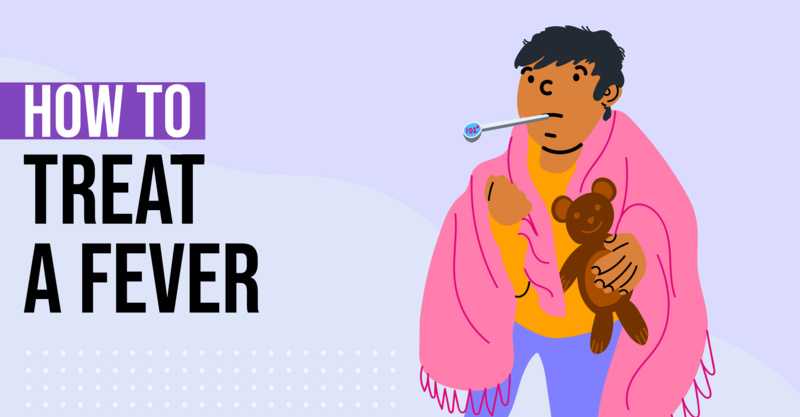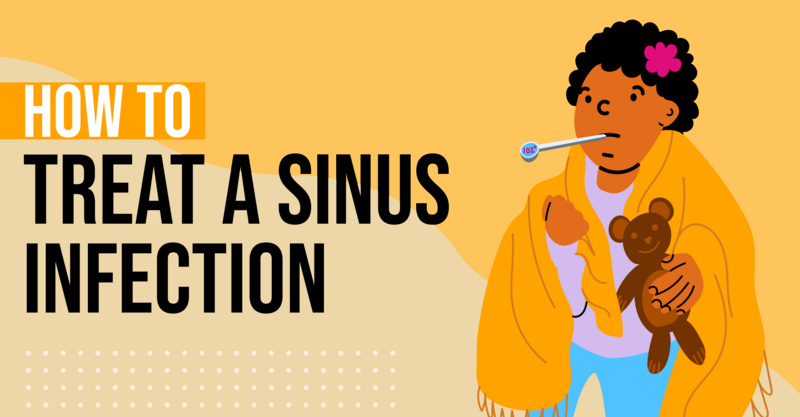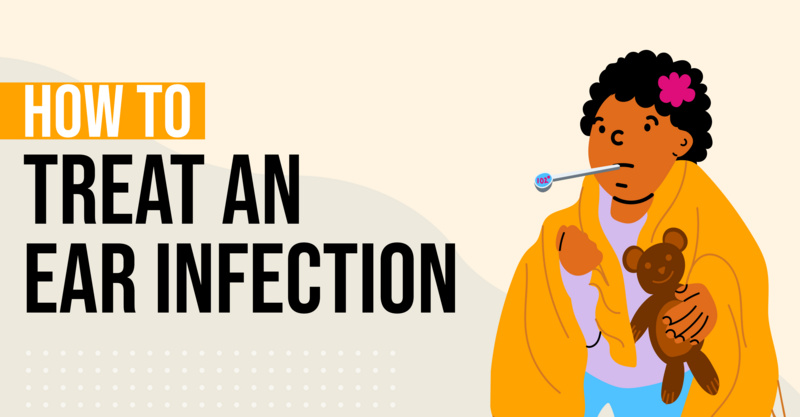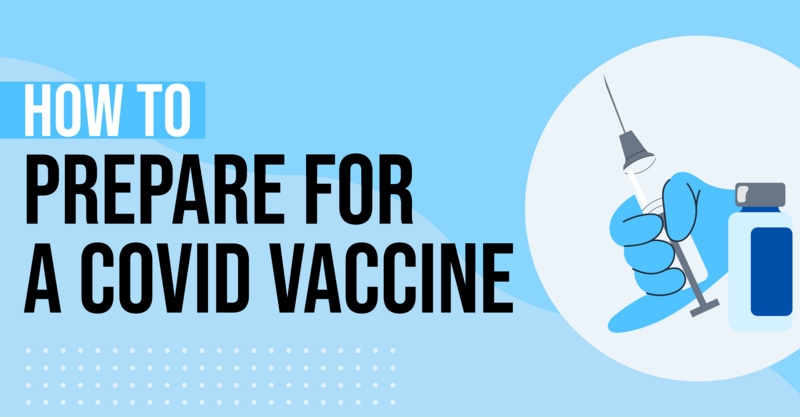Key Points
- Typhoid fever is a bacterial infection caused by Salmonella enterica serotype Typhi, resulting in about 400 cases annually in the U.S.
- The bacteria, which can contaminate food and water, causes symptoms such as high fever, diarrhea, headache, body aches, lethargy, and loss of appetite.
- Once fatal in 20 percent of cases, the fatality rate of typhoid fever has significantly reduced due to the widespread use of antibiotics.
- Antibiotics can start to alleviate symptoms within one to two days, with full recovery typically occurring within seven to 10 days.
- Diagnosis of typhoid fever can be confirmed through a simple blood, urine, or stool sample.
Typhoid fever may sound like one of those diseases from hundreds of years ago, but it’s actually still around today. So, what exactly is it? With about 400 cases reported each year in the US, typhoid fever is an illness that’s caused by a kind of bacteria called Salmonella enterica serotype Typhi. The bacteria can contaminate food and water, and when the bacteria is ingested, typhoid fever can develop.
Once the Salmonella bacteria is in the body, it travels to the small intestine and into the bloodstream, causing the affected person to develop symptoms – most notably the high fever for which this disease gets its name. Other symptoms include:
- Diarrhea
- Headache
- Body aches
- Lethargy
- Loss of appetite
While the fatality rate of typhoid fever used to be around 20 percent in the U.S., it has since dropped dramatically since the use of antibiotics became widespread. Now, most people start to feel better one or two days after they begin antibiotics, and fully recover after seven to 10 days.
If you or your child has symptoms of typhoid fever, all it takes is a simple blood, urine, or stool sample to confirm your diagnosis.
Frequently asked questions
What causes typhoid fever?
Typhoid fever is caused by the Salmonella enterica serotype Typhi bacteria, which can contaminate food and water.What are the symptoms of typhoid fever?
How has the fatality rate of typhoid fever changed over time?
The fatality rate used to be around 20 percent in the U.S., but it has dropped dramatically since the widespread use of antibiotics.How quickly can antibiotics alleviate symptoms of typhoid fever?
Most people start to feel better one or two days after they begin antibiotics, and fully recover after seven to 10 days.How is typhoid fever diagnosed?
Typhoid fever can be confirmed through a simple blood, urine, or stool sample.How many cases of typhoid fever are reported annually in the U.S.?
There are about 400 cases of typhoid fever reported annually in the U.S.How does the bacteria causing typhoid fever enter the body?
The bacteria travels to the small intestine and into the bloodstream once ingested.What has led to the decrease in the fatality rate of typhoid fever?
The widespread use of antibiotics has significantly reduced the fatality rate of typhoid fever.









